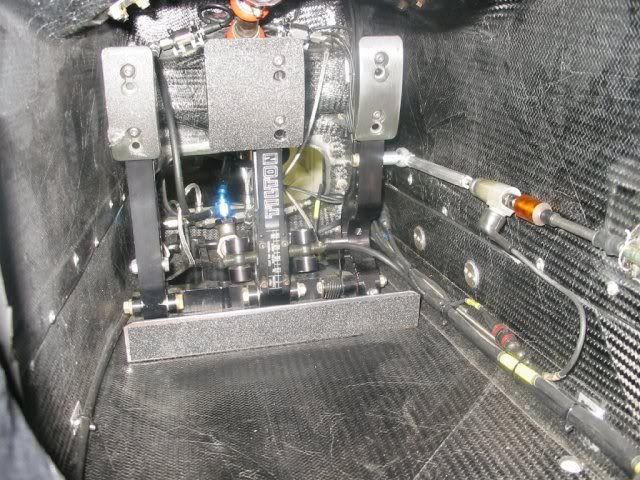I've drilled a gazillion holes in carbon-fibre (20 odd years as a racecar mechanic).

From your comment about chipping the epoxy, I gather that these are visible holes where appearance is important (as opposed to a hole that for example a bolt and a washer are going through it).
The cleanest hole I think comes from a Rotabroach tool - its a piloted cutter. I have them down to 5/16" but they may come smaller than that. It will give a nice clean edge. Uni-bits (step drills) can give a clean cut when sharp, but dont stay sharp with carbon for very long. Normal drills work OK when sharp for normal bolt holes and rivet holes, but its easy for them to give a ragged edge on the back side. Backing the piece up with a piece of wood helps a lot with this. If you are making a big enough hole, a sanding barrel in a ginder will clean up the fuzzy edge pretty well.
Carbon can also cause the drill to wander a bit. I dont really know why, I've always suspected that the weave of the fabric can pull the tip of the drill over a bit.
Normal countersinks work OK when they're sharp, but again the material blunts them really quick. I buy solid carbide ones now, and they seem to last a few years.
Carbon Fibre can vary a lot depending on the application. Stuff thats made to look pretty has a lot of epoxy so it gets the fancy shiny appearance. Things that are functional tend to be a lot "drier" where a lot more of the epoxy is drawn back out while vacuum bagging and has a matt, greyish finish. The material itself is ridiculously expensive, so they tend to use the minimum amount of material possible.